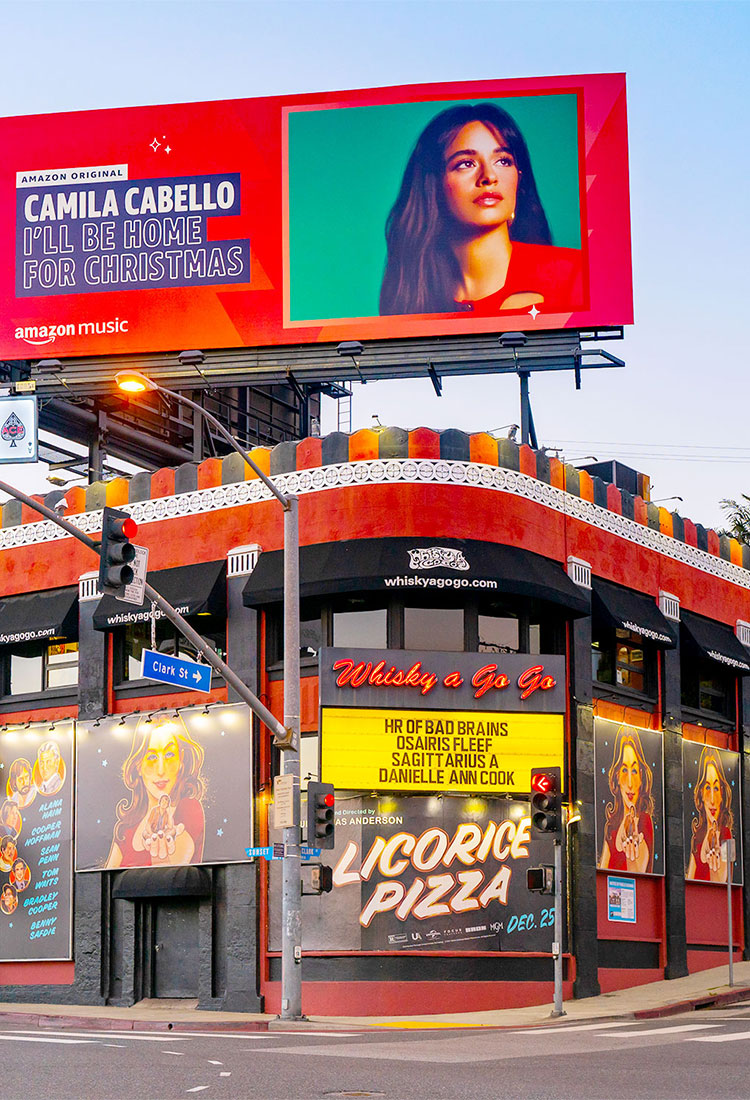From tiny backstreet clubs to purpose-built arenas and huge stadiums, the United States is filled with thousands of places to enjoy the thrill of live music. If you’re looking for somewhere that not only guarantees a great show but is also steeped in history, these are nine historic concert venues in America every music fan should experience.
Red Rocks Amphitheatre – Morrison, Colorado
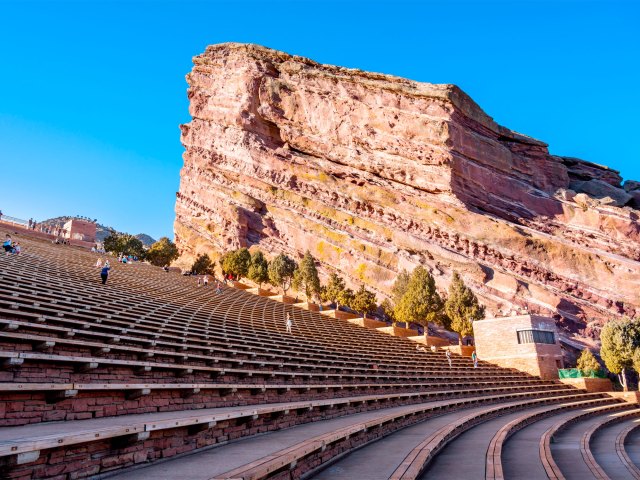
Carved directly into the stunning red-hued rocks that surround it, the Red Rocks Amphitheatre is built where the Great Plains converge with the Rocky Mountains at 6,450 feet above sea level. Construction of this National Historic Landmark — designed by renowned architect Burnham Hoyt — required workers to remove 50,000 cubic feet of rock before laying 90,000 square feet of sandstone. The 9,525-seat open-air venue features a 100-foot elevation difference between the stage and top row. And since its opening in 1941, some of the biggest names in music — from Jimi Hendrix to John Denver, Bob Dylan, and Stevie Wonder — have performed under the starry skies here. Red Rock is more than just a concert venue, though: Surrounding it is the 738-acre Red Rocks Park, which is home to geological wonders, dinosaur relics, museums, art exhibits, and miles of biking and hiking trails.
40 Watt Club – Athens, Georgia
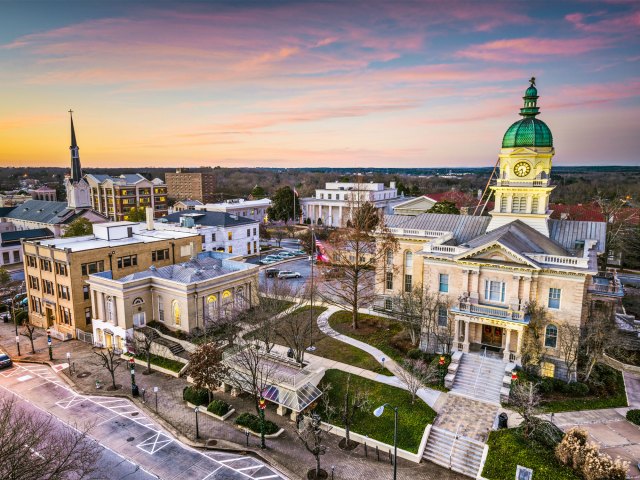
Established in 1978, the 40 Watt Club played a fundamental role in nurturing the punk rock and college rock scene, putting the otherwise unassuming college town of Athens, Georgia, on the cultural map. The club got its unofficial start with a Halloween party at the apartment of Curtis Crowe, the drummer for the new wave and post-punk band Pylon. The venue’s name is a reference to the power of the only working light at the time in the student digs. Throughout the 40 Watt Club’s 45-year history, it has helped launch the careers of bands such as the B-52s and R.E.M. While the focus remains on local bands, today the club has broadened its lineup to include DJ nights, burlesque, and drag shows.
Carnegie Hall – New York, New York
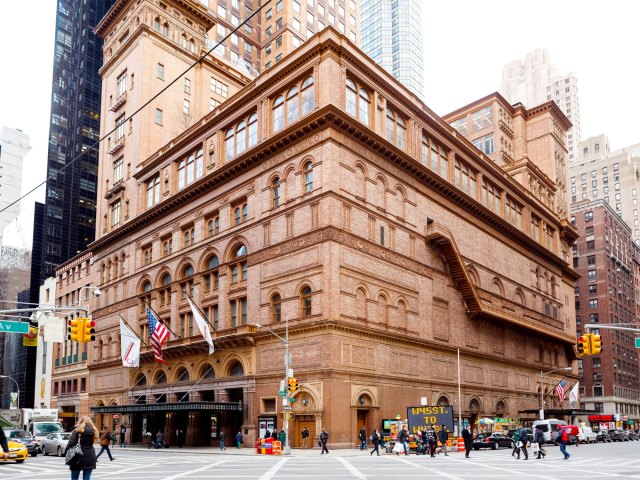
Since opening in 1891, Carnegie Hall has hosted a who’s who of music royalty, from Tchaikovsky on opening night (when tickets cost just $1) to the New York Philharmonic, Billie Holiday, the Beatles, and Bill Withers. The venue is split into three performance halls, the largest of which is the regal Stern Auditorium, which has a 2,804-seat capacity split over five levels. The musical history of the venue isn’t limited to concerts, either. The Rose Museum showcases a chronological timeline of the hall’s history through programs, posters, photographs, and other artifacts. Visitors can also take guided tours of this emblematic Midtown Manhattan landmark.
Club Ebony – Indianola, Mississippi
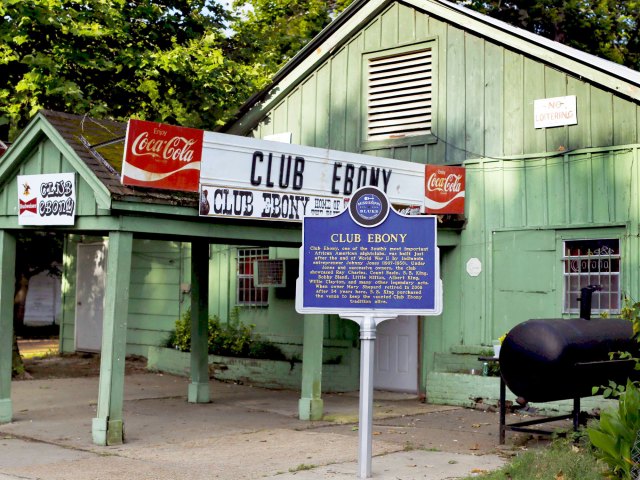
Club Ebony is a must-see for any blues fan. Opened in 1948, the intimate juke joint soon became a popular stop on the Chitlin’ Circuit, a group of venues throughout the South, Midwest, and East Coast that championed Black music. During this time, Club Ebony gained fame for attracting names like B.B. King, Count Basie, and Ray Charles to its stage. B.B. King himself even took over the ownership of the club in 2008. Today, it forms part of the Mississippi Blues Trail and opens for special events. Music and history lovers can learn more about the blues and Mississippi Delta at the nearby B.B. King Museum & Delta Interpretive Center.
The Fillmore – San Francisco, California
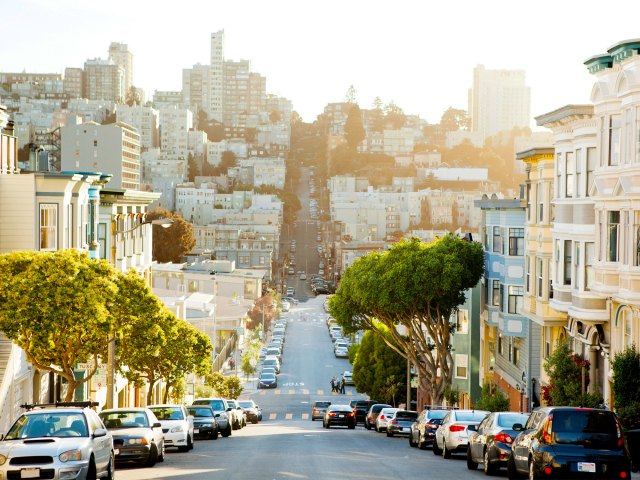
When psychedelic rock took off in the 1960s, it found its spiritual home in San Francisco, particularly at the Fillmore. Hippies came to see pioneering California acts such as the Grateful Dead, the Doors, and Jefferson Airplane. British bands the Who, Led Zeppelin, and Pink Floyd soon followed. The venue opened in 1912 as a ballroom called the Majestic Hall, and from 1939 to 1952, it operated as a skating rink. Renowned for its light shows and uninhibited dancing, it became a hub for 1960s counterculture and live music. Today, the Fillmore puts on eclectic shows ranging from hip-hop to Latin pop and surf rock.
Madison Square Garden – New York, New York
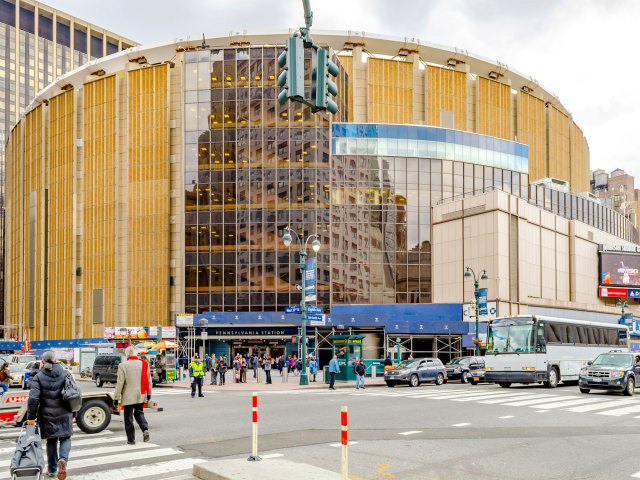
First opened in 1879 and moved to its current location in 1968, Madison Square Garden (or simply “the Garden”) is another one of New York City’s most historic music venues. Headlining a show here is often considered a major milestone of an artist’s career — Elvis Presley, Frank Sinatra, the Rolling Stones, U2, and Madonna have all played in front of sold-out crowds of around 20,000 fans. And in 1972, John Lennon performed what would turn out to be his last complete gig at the Garden. In 2019, Billy Joel notched the Guinness World Record for most performances at the venue with his 107th-show at the Garden (and that number only continues to grow). From an architectural standpoint, the arena is notable for its circular shape and cable-supported ceiling, which contribute to its first-rate acoustics. Music and sports fans can go behind the scenes and learn more about the 150-year history on a guided tour.
Preservation Hall – New Orleans, Louisiana
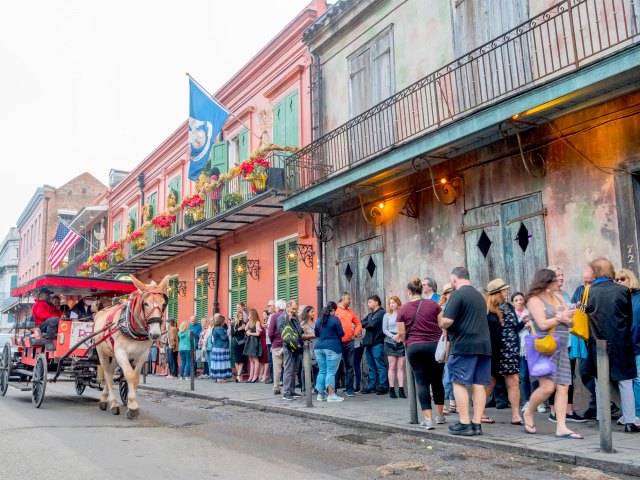
Set in New Orleans’ vibrant French Quarter, Preservation Hall is the beating heart of traditional jazz. At this no-frills venue, concert goers share benches or elbow up against the back wall during shows that take place nearly every night of the year. At each show, a collective of more than 50 musicians put on jam sessions — no one night is the same, but each one is a showcase of infectious jazz melodies. It all began in the 1950s, when local jazz legends such as George Lewis and Punch Miller began using a French Quarter art gallery as a rehearsing studio, which was turned into a live music venue in 1961. The popularity of Preservation Hall skyrocketed several months later, after the jazz-loving and honeymooning couple Allan and Sandra Jaffe took over management of the venue. Today, the couple’s son Ben Jaffe is a member of the resident Preservation Hall Jazz Band.
Ryman Auditorium – Nashville, Tennessee

If walls could talk, few venues on Earth would have more stories to tell than the Ryman Auditorium. Arguably the most famous concert hall in Nashville (aka Music City), this is where bluegrass was born and many of the great country music artists got their break. Originally a church, the Gothic redbrick building hosted its first concert in 1892 and earned legendary status after it was chosen as the location for the Grand Ole Opry. From 1943 to 1974, this weekly country music stage show turned the Carter family, Loretta Lynn, Johnny Cash, and others into household names. Following a downturn from 1974 to a grand reopening in 1994, the auditorium is alive again with state-of-the-art technology and unrivaled acoustics.
Whisky a Go Go – West Hollywood, California
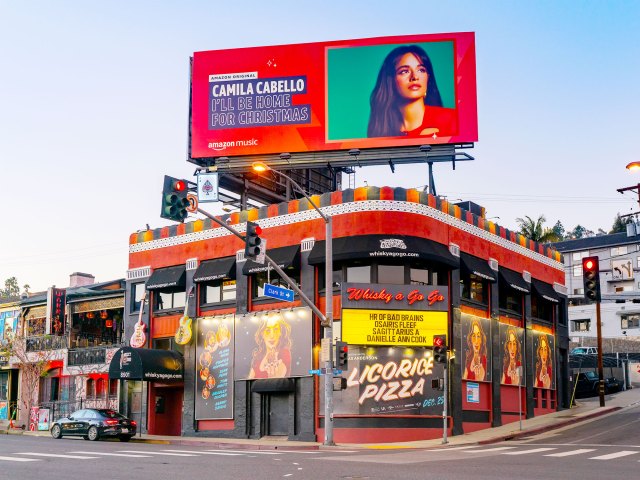
In January 1964, a small nightclub opened on a corner of the Sunset Strip in West Hollywood. Folk-blues artist Johnny Rivers performed that night, and in turn laid the foundations for one of the world’s most venerable live music clubs. Two years later, Whisky a Go Go became the storied stage for the earliest shows by the Doors. For a period of three months, the band opened for other L.A. rock bands, including Buffalo Springfield and The Turtles, and this stint at Whisky a Go Go catapulted them to fame. Throughout the 1960s, the club established itself as the go-to spot on the iconic Sunset Strip thanks to shows by the likes of Janis Joplin and Van Morrison’s Them. Whisky a Go Go also helped put L.A. rockers Mötley Crüe and Guns N’ Roses on the map. In 2006, it was the first live music venue to be inducted into the Rock and Roll Hall of Fame.
More from our network
Daily Passport is part of Optimism, which publishes content that uplifts, informs, and inspires.






